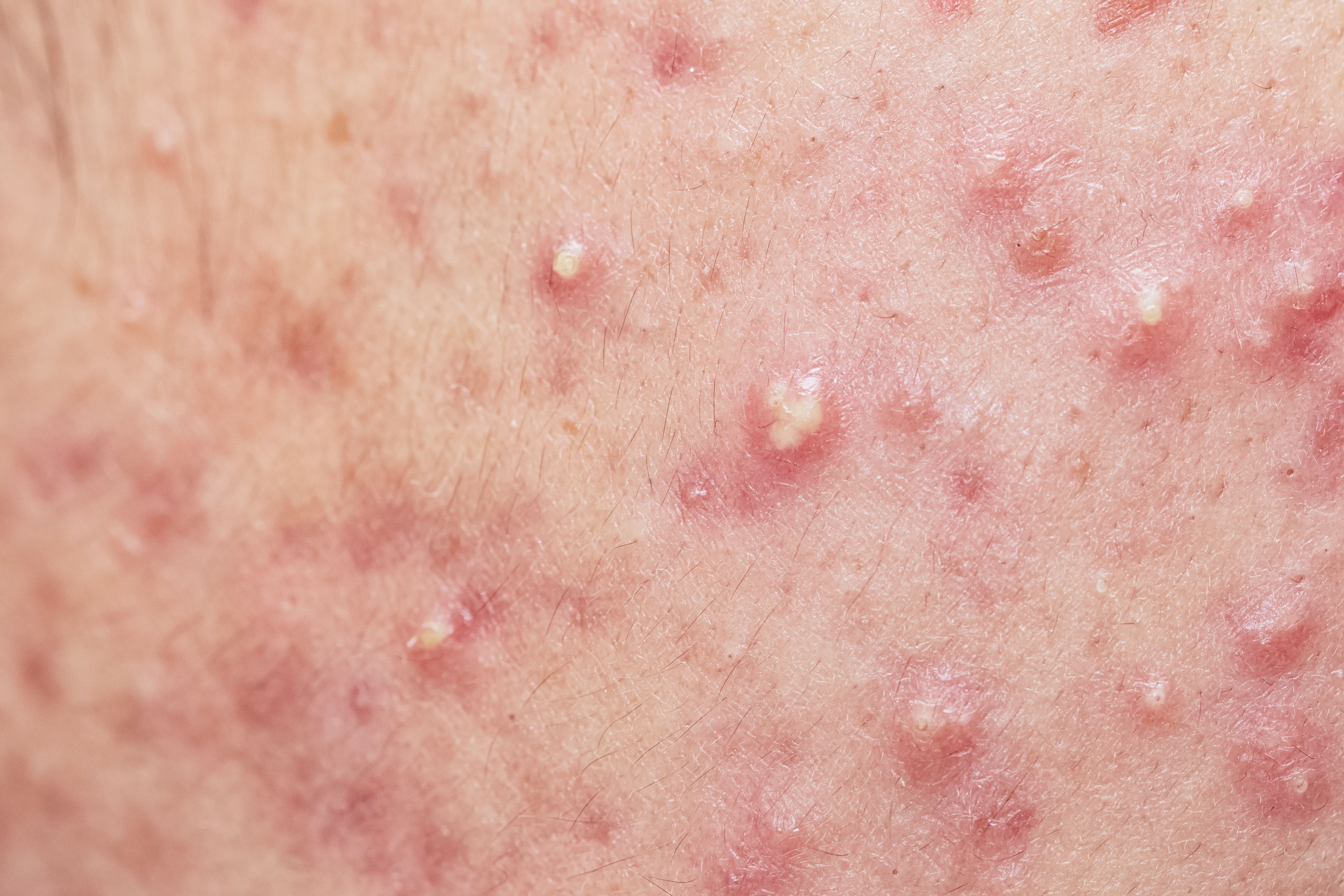- Case-Based Roundtable
- General Dermatology
- Eczema
- Chronic Hand Eczema
- Alopecia
- Aesthetics
- Vitiligo
- COVID-19
- Actinic Keratosis
- Precision Medicine and Biologics
- Rare Disease
- Wound Care
- Rosacea
- Psoriasis
- Psoriatic Arthritis
- Atopic Dermatitis
- Melasma
- NP and PA
- Skin Cancer
- Hidradenitis Suppurativa
- Drug Watch
- Pigmentary Disorders
- Acne
- Pediatric Dermatology
- Practice Management
- Prurigo Nodularis
- Buy-and-Bill
Article
Acne a growing problem in pre-teens
Author(s):
Clinicians recognize that acne is increasingly presenting in pre-adolescents and that early presentation is also a predictor of worse disease in the future and the potential for scarring. Prompt, aggressive treatment will lead to better outcomes and will reduce the potential for adverse psychosocial effects.
It is increasingly common for clinicians to see pre-adolescent patients present with acne, and they can look to various therapies to treat this early-onset acne, according to the Medical Director of AvantDerm in Toronto, Canada.
"There has been a downward shift (in the age of presentation of acne)," according to Davindra Singh M.D., F.R.C.P.C., who spoke to colleagues about treating acne in younger patients during a session at Dermatology Update 2015 (Toronto). "Children aged nine or 10 are treated the same way as teens or adults (with acne)," he says.
READ: Novel advances in acne therapy
He points to recent research involving 1,277 children which found 41.6% of those aged seven to nine had acne while more than three quarters of those aged 10 to 12 had acne.1 Indeed, 12 is no longer regarded as the lower end of the age range in terms of acne presentation.2 The early presentation is also a predictor of worse disease in the future and the potential for scarring.
Antibiotic use in kids
Dr. Singh will avoid, however, using tetracycline antibiotics in children aged less than nine with acne. The pathogenesis of acne is not different in pre-adolescents than in adolescents, Dr. Singh says, but it is more likely to be non-inflammatory in younger patients, characterized by comedones on the nose, mid-face, and forehead.
ALSO READ: The risks of overusing acne antibiotics
The choice of therapy for pediatric patients in acne can include antibiotics, but as with treating acne in adult patients, Dr. Singh is concerned about contributing to the danger of antibiotic resistance.
"I use antibiotics for teens, but I prescribe them (topical and systemic antibiotics) in combination with other therapies like benzoyl peroxide," Dr. Singh says. "I try to use short courses of antibiotics. They (antibiotics) work better in combination (with other therapies) and combination therapy reduces the potential for antibiotic resistance."
NEXT: Dietary considerations
Dietary considerations
According to Dr. Singh, there is insufficient evidence to make regular modifications to the diet of patients who present with acne.
"There may be some benefit to address the glycemic load of patients and I sometimes will suggest a low glycemic index diet," Dr. Singh says. "I often tell them it is an individual response. If they find a certain food is a trigger, then they can choose to avoid it."
CHECK OUT: Tips for treating acne scars
In his experience, Dr. Singh has found pre-adolescent male patients are not as compliant with acne therapy as female patients or adult patients with acne.
Using hormonal therapy to treat acne in female teens can present some concerns, so Dr. Singh suggests looking at alternative treatments.
“We know that estrogen is responsible for bone growth," Dr. Singh says. "I don't use them (hormonal therapies) in that group. I reserve them for adult women with acne."
Early and effective treatment of pediatric acne will avoid the sequelae associated with acne. Post-inflammatory hyperpigmentation, for example, is a consequence of acne that is more common in patients with darker skin while post-inflammatory erythema is a consequence of acne that is more common in patients with lighter skin types.
Dr. Singh notes that the Global Alliance to Improve Outcomes in Acne has cited that acne scars, which can present as ice-pick, rolling, or boxcar scars, is often a primary concern of patients with acne.3
NEXT: Psychosocial impact of acne in pediatric vs. adults
The psychosocial impact of acne can be greater in pediatric than adult patients, Dr. Singh says. It is all the more reason to treat the condition early and aggressively, according to Dr. Singh.
"You can get significant scarring early in life," Dr. Singh says. "The threat of scarring has to be on our radar. We want to identify acne that is at risk of scarring and treat before this develops."
ALSO READ: Going beyond guidelines for acne treatment
Isotretinoin addresses all four pathogenic factors linked to the development of acne, and is effective in remitting the condition, particularly if it is severe. Dr. Singh suggests that clinicians initiate isotretinoin at an appropriate dose and treat for at least five months, longer if the acne has not cleared.
"With effective treatment, the self-esteem and confidence of our pediatric patients tends to improve," said Dr. Singh.
Milder acne can be treated with topical agents, such as that which combines adapalene and benzoyl peroxide (Epiduo [US]/TactuPump[Canada], Galderma), Dr. Singh notes. The medication has now been recently approved for use in children aged 9 and up.
Disclosure: Dr. Singh has been a speaker for Galderma.
References:
1 Karciauskiene J, Valiukeviciene S, Gollnick H, Stang A. The prevalence and risk factors of adolescent acne among schoolchildren in Lithuania: a cross-sectional study. J Eur Acad Dermatol Venereol. 2014;28(6):733- 40.
2 Mancini AJ, Baldwin HE, Eichenfield LF, Friedlander SF, Yan AC. Acne life cycle: the spectrum of pediatric disease. Semin Cutan Med Surg. 2011;30(3 Suppl):S2-5.
3 Thiboutot D, Gollnick H, Bettoli V, et al. New insights into the management of acne: an update from the Global Alliance to Improve Outcomes in Acne group. J Am Acad Dermatol. 2009;60(5 Suppl):S1-50.





